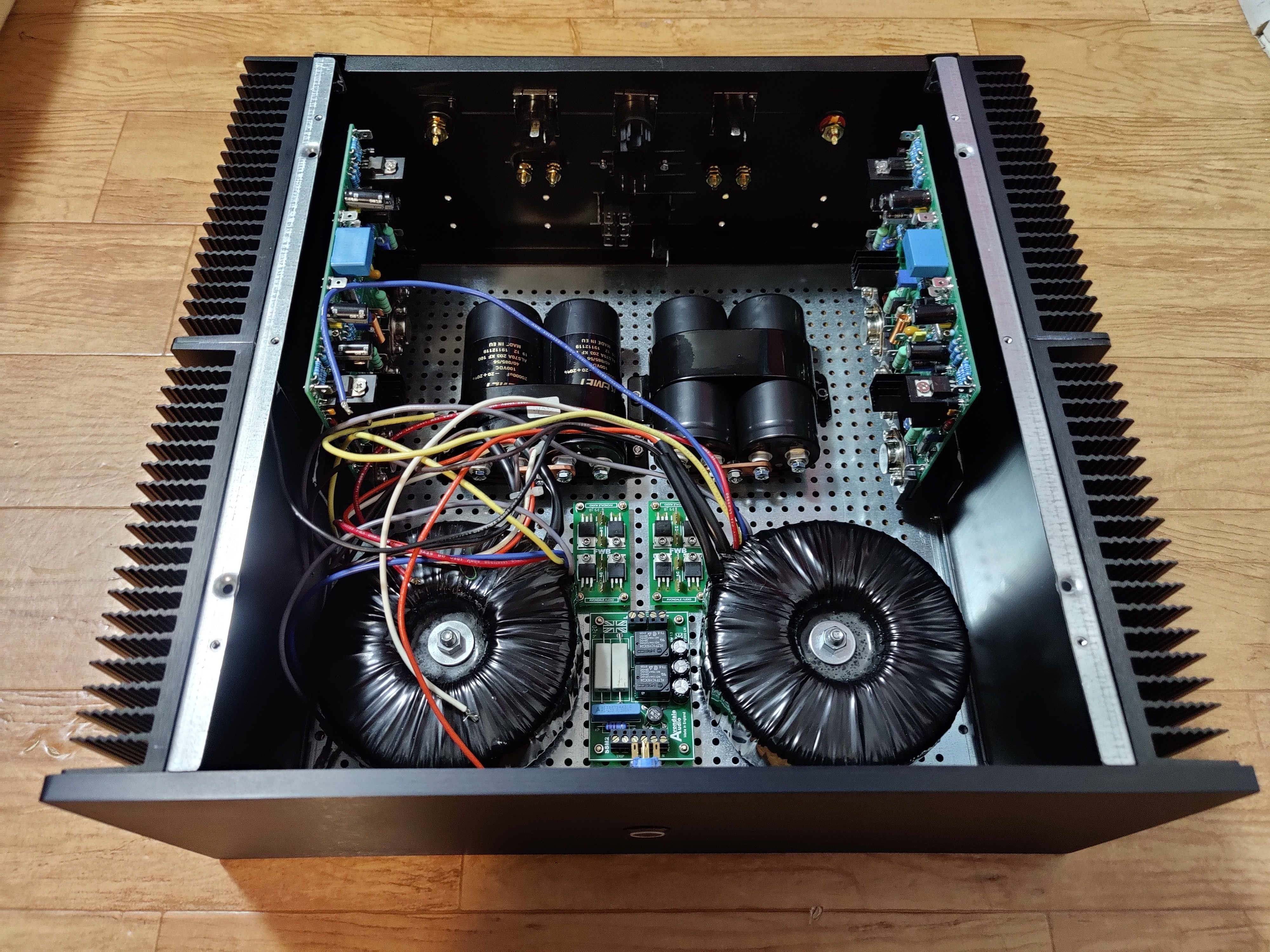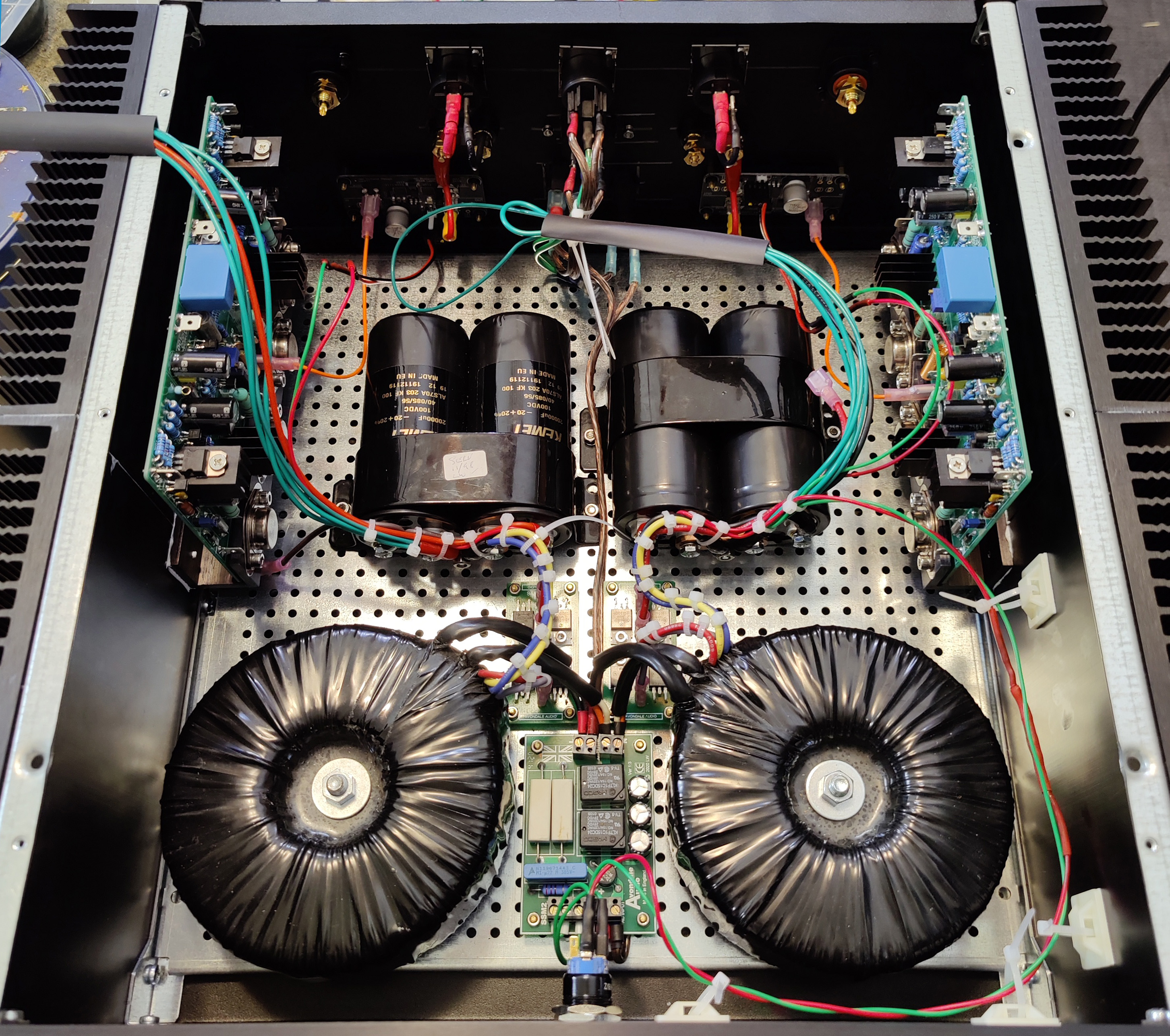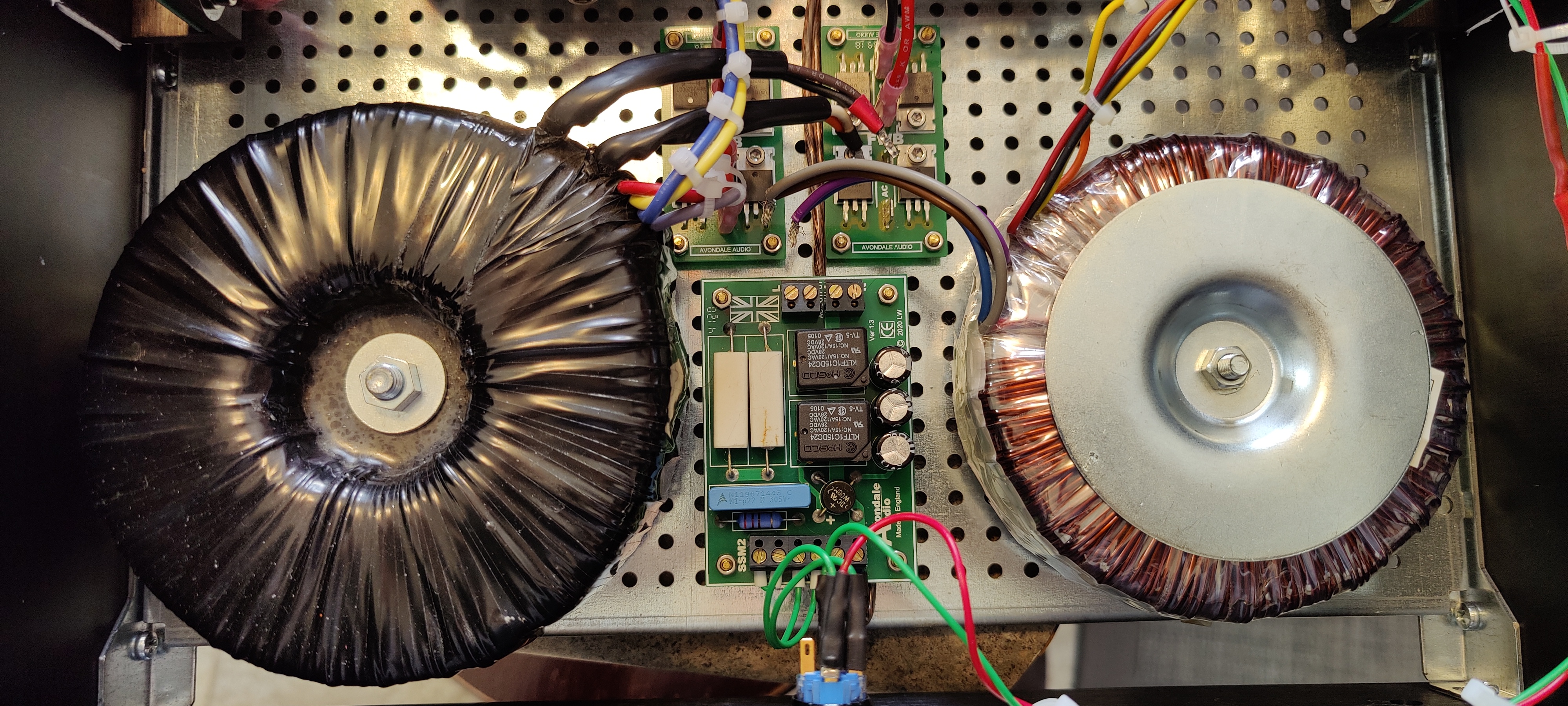Mike Hanson
Trying to understand...
Here's a question for everyone. I'm building this amp for a friend. His mains are terrible, so he's considering buying a Power Plant from PS Audio. He can get the P3 or P5 used. He would prefer the P3, as it's newer, but it can produce only 300W continuous, 500W for 30 second bursts, and occasionally peaks of 1000W. The P5 can do 1000W continuous.
That makes me wonder how much power this NCC300 dual mono build is going to draw. He's driving pretty big speakers and he likes to turn it up. Les has indicated that a NCC300 mono amp can put out 130-140W, but I don't expect that to be expected in "normal" usage. Also, that's output power, and I'm assuming that there's a fair bit lost to inefficiency. Any guesses as to the real load from the power amp, so we can determine how much is left over for everything else?
That makes me wonder how much power this NCC300 dual mono build is going to draw. He's driving pretty big speakers and he likes to turn it up. Les has indicated that a NCC300 mono amp can put out 130-140W, but I don't expect that to be expected in "normal" usage. Also, that's output power, and I'm assuming that there's a fair bit lost to inefficiency. Any guesses as to the real load from the power amp, so we can determine how much is left over for everything else?
Last edited:




